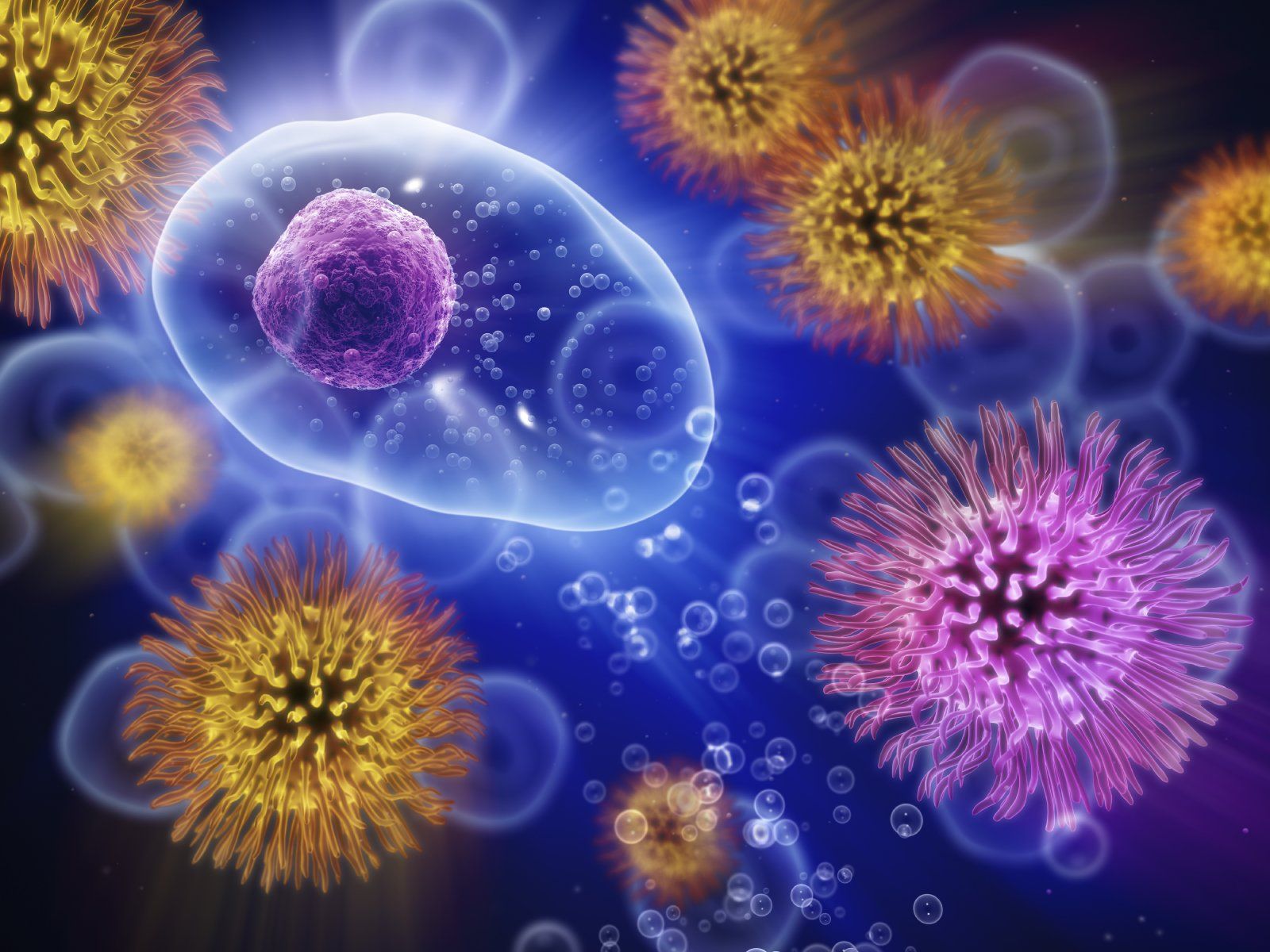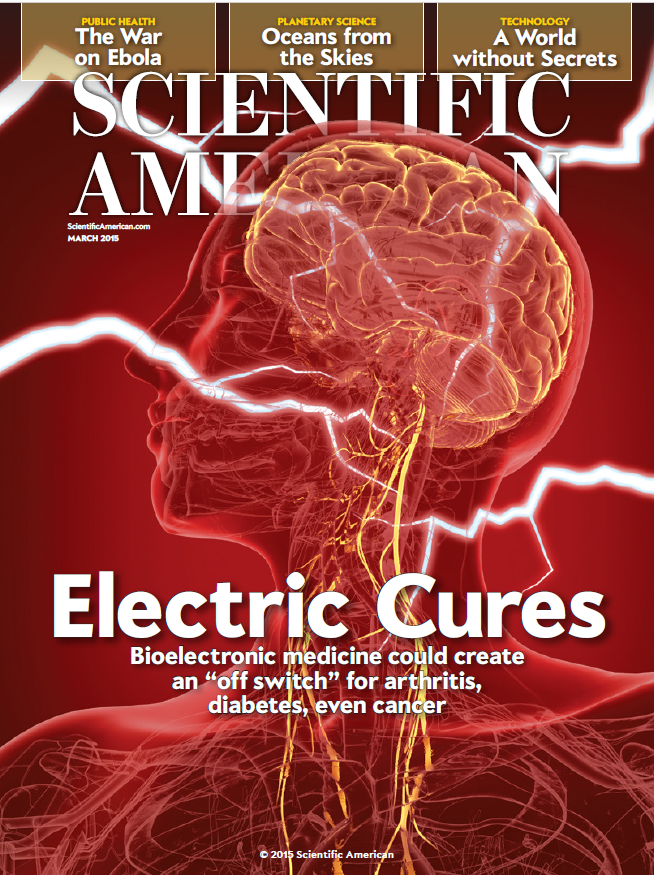Here is a description of the Electro-Stimulation Biofeedback (BEST ™) Technology from Avazzia.
The therapeutic applications are based on the increase in cell capacity and the stimulation of unmyelinated C nerve fibers and myelinated A nerve fibers for the secretion of neuropeptides leading to a cascade of several other neuroactive substances such as neurotransmitters, histamine and 5-HT (serotonin). In addition, neuropeptide synthesis is overregulated which leads to a quantitative increase in the production of endogenous neuropeptides by C fibers.
The pulses of the BEST devices induce the secretion of neuropeptides mainly by the C nerve fibers, and have deep and broad effects, which trigger complex chains of regulation and cascades. Several biochemical pathways that use many types of neurotransmitters, hormones and cytokines are involved. Although the half-life of peptides in body fluids is relatively short, other mediators in the cascades survive for several hours. Certain regulatory peptides act on genomic activity to alter gene expression and change biochemical synthesis. BEST electrical signals can reprogram tissues locked into chronic and dysfunctional vegetative states by inducing the synthesis of regulatory peptides.
BEST impulses are also transmitted by the nervous pathways afferent to the Central Nervous System and generate various
1) Segmental spinal reflexes using efferent signals sent by the spinal cord to organs associated with that segment or signals returning to the local tissue receiving the impulse;
2) Systemic reactions such as endorphin induction by efferent signals from cortical and subcortical regions of the brain, leading directly to reduction of pain for example.
An afferent nerve conducts impulses from peripheral nerve endings to the brain (Central Nervous System).
An efferent nerve leads impulses from the brain (CNS) to peripheral receptors.





